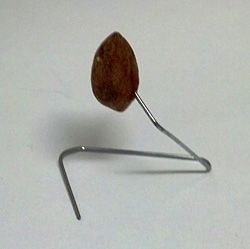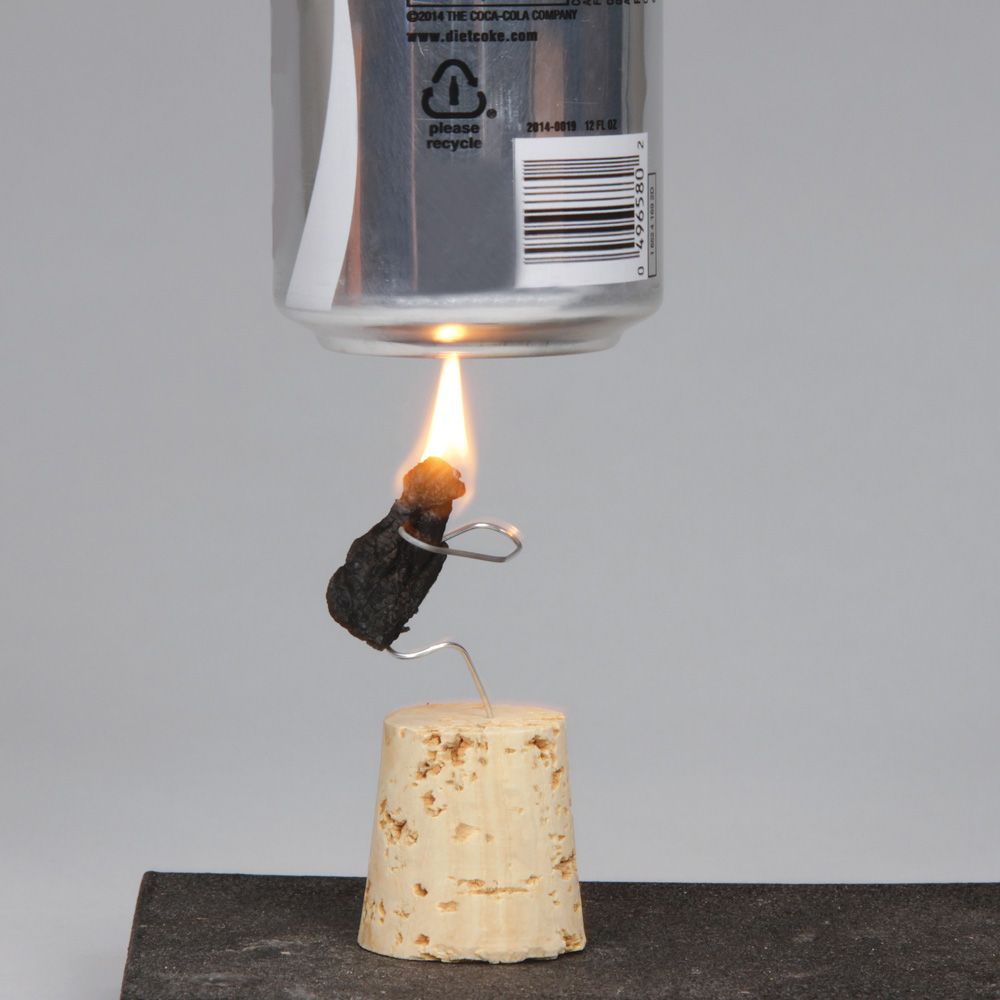My Cart
Your Shopping Cart is currently empty. Use Quick Order or Search to quickly add items to your order!
 Laura Jennings
Laura Jennings
Product Developer
People who check nutrition labels to make informed decisions about which foods to eat and which to avoid often base those decisions solely on the number of calories per serving. A calorie, like a joule, is a unit of energy. The International System of Units (SI) unit for energy is the joule; however, the calorie is commonly used for a unit of food energy. A calorie is equal to the amount of energy per unit mass required to raise the temperature of 1 g of water by 1° C. One calorie is the equivalent of 4.18 joules. Food calories, as read off a nutrition label, are actually kilocalories (often denoted as “Calories” with a capital C). There are 1,000 calories in a kilocalorie, or food Calorie.
A calorimeter is a piece of equipment designed to measure the energy released or absorbed during a chemical reaction or phase change. Food calorimetry allows us to determine the number of calories per gram of food. In this activity, a piece of food is burned and the released energy is used to heat a known quantity of water. The temperature change (∆T) of the water is then used to determine the amount of energy in the food.
Use safety glasses or goggles and be cautious with the matches and burning food samples. Check for food allergies before using food samples. Sensitive individuals should not participate in any activities that may result in exposure. Never eat or drink in lab.
For each group
At least 1 of the following to be shared

Figure 1

Figure 2

Figure 3
|
Sample #1 |
Sample #2 |
Sample #3 |
Mass of Water |
|
|
|
Initial Mass of Food Sample and Paper Clip |
|
|
|
Initial Water Temperature (°C) |
|
|
|
Final Water Temperature (°C) |
|
|
|
Final Mass of Food Sample and Paper Clip After Burning |
|
|
|
Q = mCpΔT
Q = heat absorbed by water, m = mass of water in grams, Cp = 1 cal/g °C, ∆T = change in temperature
Q = ____________ calories